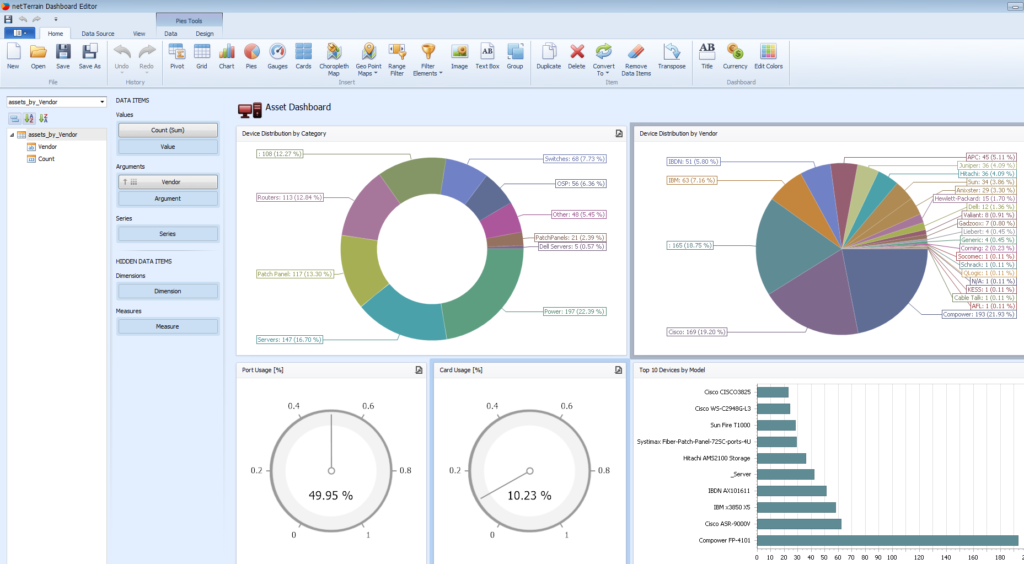 “Ummm…yeah….if you could go ahead and give me this information in that format…that’d be great.”
“Ummm…yeah….if you could go ahead and give me this information in that format…that’d be great.”
So, about those TPS reports.
You know the drill: you’re in your CRM, or network documentation system, or and you need to see certain information in a certain format,
“I need to see how many widgets we have to pull out and replace over the next 3 months in Excel (or as a PDF or a nice graphic) for the boss to look at and feel like they are at one with the network.”
Easy, right? It’s as simple as asking the DBA to write the appropriate query and then just merge that into the system and setup the report and..or, even better: just turn yourself into a SQL guru and churn out some SQL reporting code. If the above two weren’t easy enough for you, I guess you could always pay your vendor to write a report for you because that’s a fun one…I think you get the idea.
So, is there a better way to get a new report when you need one?
Ask Your Vendor:
“Hey vendor: what are my options here? Can I get data out of the system for reporting and if so how?”
Ask: The first thing you want to do is talk to the vendor of the system you’re using. Do they have a reporting tool so you can write your own reports? Are there options for getting the vendor to create a report for me? And…finally…is that a service that’s included in the maintenance fees?
Possible Vendor Response:
“You can’t get that data out of the system…”
Your vendor might tell you it’s not possible. Why? Maybe it’s proprietary and they don’t let you query a database, or maybe, there really is no database.
Option A: There is No Database
If they tell you there is no database, they probably have some API’s you can take advantage of. This may now require a developer to get involved but…maybe not. Find out.
Option B: There is a Database
If they say there is a database that stores the data, this could be your way to that new report. You should then ask for a database description guide so you know what tables exist and how the data is stored (and so on). This is where your DBA will come in handy because they can usually decipher this easily and then work a report from this information; even if you can get a DBA to write a report they need to know something about the structure of the database and the tables. A guide is a great thing to have so be sure to ask for this.
Option C: There is a Reporting Tool
If there is a reporting tool that is already part of the system, that’s great news: you just need some information regarding the tool and how to get started with it. This may still require a DBA, or at least some database knowledge, but these tools are usually set-up so a user can create new reports, as needed, without too much effort.
An example dashboard tool might be something like our dashboard editor that we provide to our customers:

Option D: There is an Easy Button
One last thing. Don’t forget to ask if your vendor will supply reports for you.
For our customers, for example, we offer reports as part of maintenance. Last week, I was speaking with a long time customer and he said he needed to extract some free text data from his project. They had quite a few pieces of information that would be useful in a report for some ongoing projects.
I said, “that’s easy. Just open a ticket and we’ll work on the report and get it taken care of.” And we did. Very easy and no effort for our customer: just a request and then magic and you’ve got what you need…so, go ahead and press that “This is Easy” button if you can.